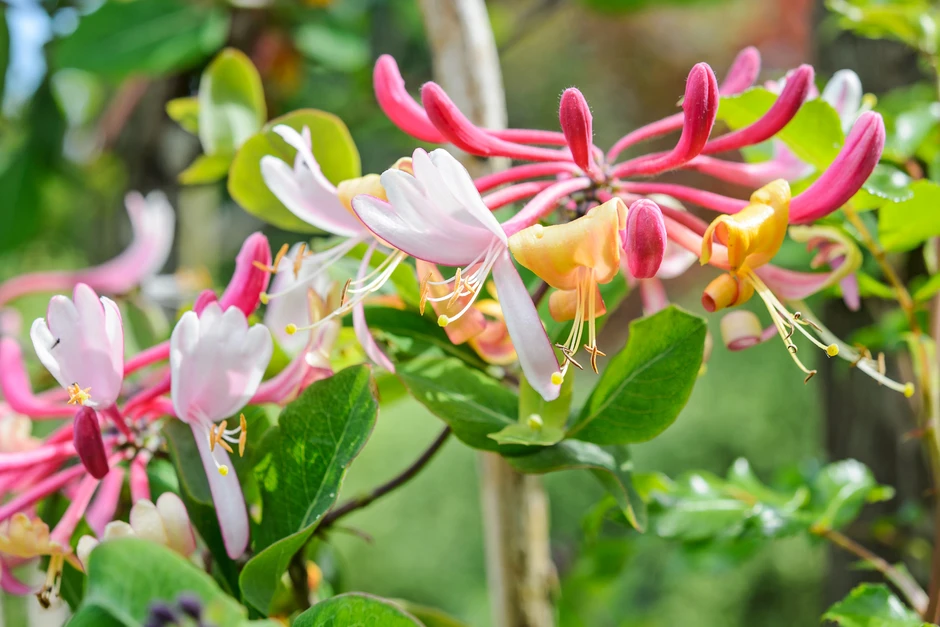Introduction
Honeysuckle vines are a delightful addition to any garden or landscape with their beautiful flowers and sweet fragrance. Whether you are a seasoned gardener or a beginner, these essential tips for growing honeysuckle vines and caring for the plants will help you achieve a successful and thriving garden.
Choosing the Right Location and Soil
It is important to choose the right location and soil
for your honeysuckle vines to ensure their proper growth. Honeysuckle thrives in full sun, but it can also tolerate partial shade. Make sure that the chosen location has well-drained soil with a pH level between 6 and 8. Amending the soil with organic matter such as compost or peat moss can improve its fertility.
Planting Honeysuckle Vines
When planting honeysuckle vines
, it is essential to prepare the soil beforehand. Remove any weeds or grass and loosen the soil to a depth of 12 inches. Dig a hole slightly larger than the plant’s container or root ball. Place the vine in the hole, making sure that the crown is level with the soil surface. Backfill the hole and gently firm the soil around the plant.
Watering and Fertilizing Honeysuckle Plants
Proper watering and fertilizing techniques
are vital for the healthy growth of honeysuckle plants. Water the vines regularly, especially during dry periods, making sure the soil remains consistently moist but not waterlogged. Mulching around the base of the plants can help retain moisture. Apply a balanced fertilizer, such as a 10-10-10 formula, in spring and summer to provide the necessary nutrients to the vines.
Pruning and Training Honeysuckle Vines
Regular pruning and training
play a crucial role in maintaining the shape and health of honeysuckle vines. Prune the vines annually during the late winter or early spring before new growth appears. Remove any dead or damaged branches and thin out crowded areas to improve air circulation. Use trellises, arbors, or fences to train the vines and guide their growth.
Propagation Techniques for Honeysuckle
Propagating honeysuckle
is an excellent way to expand your garden or share these lovely plants with others. The most common propagation methods include seed sowing, softwood or semi-hardwood cuttings, and layering. Each technique has its advantages and requirements, so choose the one that suits your needs and preferences the best.
Common Diseases and Pests of Honeysuckle Plants
Like any other plant, honeysuckle is susceptible to diseases and pests
. Powdery mildew, aphids, and spider mites are some of the common issues faced by honeysuckle plants. Regularly inspect the vines for any signs of infestation or disease. Treat affected plants immediately to prevent the spread and ensure their quick recovery. Using organic pest control methods and maintaining proper sanitation can help minimize these problems.
Container Gardening with Honeysuckle
If you have limited space or prefer gardening in containers
, honeysuckle can be successfully grown in pots or containers. Choose a large container with good drainage and use a high-quality potting mix. Place the container in a sunny location and water the plant regularly, ensuring the soil does not dry out completely. Prune the vines as needed to control their growth and maintain the desired shape.
Conclusion
By following these essential tips for growing honeysuckle vines and caring for the plants, you can enjoy the beauty and fragrance of these lovely flowers in your garden. Remember to choose the right location and soil, provide proper watering and fertilizing, prune and train the vines, propagate as desired, and be vigilant against diseases and pests. Whether you opt for traditional garden planting or container gardening, honeysuckle will undoubtedly add charm and grace to your outdoor space.

